How Are Solar PV Modules Made? Complete Guide to the Manufacturing Process
How Are Solar PV Modules Made? Complete Guide to the Manufacturing Process
To make a Solar PV Module, solar cells are joined physically and electrically.
Components of Solar PV Module:
- Glass
- Encapsulant
- Module frame
- Interconnectors
Steps for fabrication of Solar PV Modules:
- Cell sorting
- Contact Soldering
- Series interconnection of cells
- Preparing lamination assembly
- Laminate curing and polymerization
- Module framing & external connections
- Module I-V characterization
The first step is of sorting the solar cells (solar cells are tested and cells from same group are sorted). After sorting of cells, metal contacts are soldered in the form of metal strips, on the front side of the cells. The process of making metal contacts is known as tabbing. After this, cells are connected in series, this process is called stringing.
The above mentioned process can be done both manually and by automated technology. After stringing, stack of connected cells, glass, laminates and tedlar is prepared. After this process, the stack is kept in a machine called laminator. This process is called lamination. After the process of lamination, curing is done, where module is heated. During curing process, the polymerization of EVA occurs (formation of crosslink of chemical bonds). This process of polymerization makes the EVA sheet compact and provides strength and durability for long term. After this process modules are farmed using aluminum frames.
A plastic box containing electrical points for external electrical connection is added at the rear side of module which is called junction box. This junction box also contains bypass diodes. At the end, modules are characterized for their IV curve and power output.
Suggested Articles
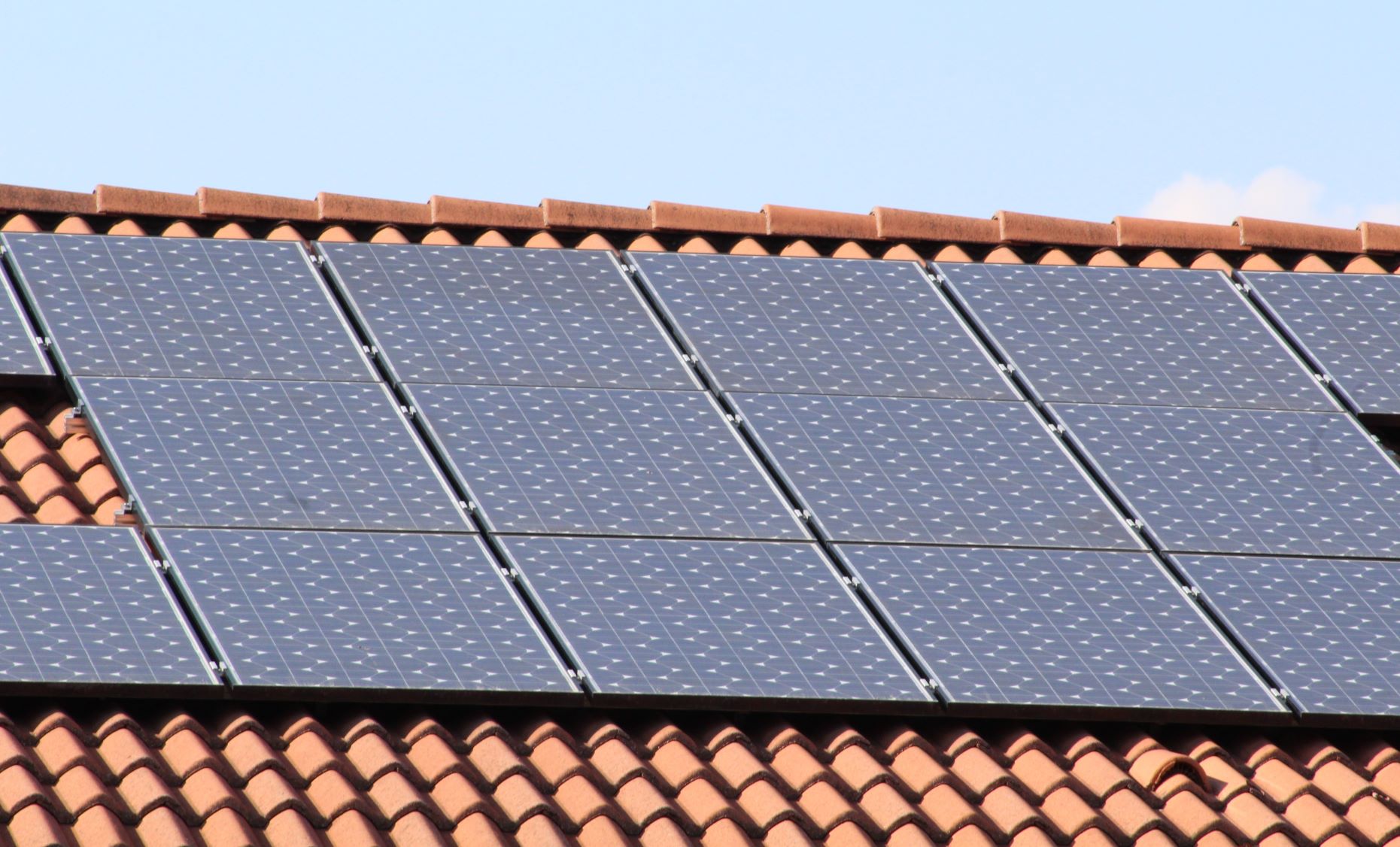
Solar Panel Installation on Tiled Roofs: Complete Homeowner Guide
When you’re ready to install solar panels on your home, there are many factors that will determine the unique design and cost of your solar system. Various roof types require different processes for installation. For example, lightweight tile roofs can present unique challenges and considerations for a solar installer. Here are a few things you need to know before adding solar energy to your tile roof.

Fire Hazard in a Solar Setup at Rice Mill, Kaithal – Case Study and Safety Insights
A recent fire incident at a rice mill in Kaithal highlights the critical importance of safety in solar installations. This case study analyzes the root causes, system faults, and preventive actions that can help industries avoid similar hazards in their solar setups.
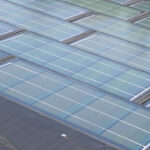
Should You Replace Solar Panels with Solar Shingles?
Discover how solar batteries store excess energy, maximize your solar system’s efficiency, and provide reliable power during outages. Learn about the types, benefits, lifespan, and maintenance tips to make the most of your solar investment.
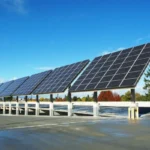
Selecting Solar Panels: Best Guide for Homes and Factories
Solar panels are a hot topic these days, as the cost of solar is finally approaching what the average family can afford.
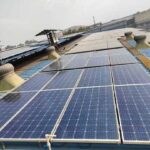
Top Solar Companies & Suppliers in Delhi/NCR – A Complete Guide
Looking for trusted solar panel suppliers in Delhi/NCR? Explore leading solar companies serving Gurgaon, Noida, Faridabad, Manesar, and Ghaziabad. Compare product quality, technology, and services to choose the right solar partner for your home, business, or factory.

How to Calculate Savings from Rooftop Solar Solutions: A Complete Guide
Calculating savings from rooftop solar solutions is essential for planning your investment. This guide explains how to estimate cost reduction, return on investment, and long-term financial benefits for residential, commercial, and industrial solar projects.
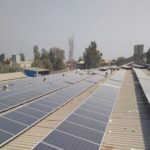
Why Go Solar: A Complete Guide to Solar Power for Homes and Industries
Switching to solar energy offers significant savings and environmental benefits. This guide explains why going solar is a smart choice, covering financial incentives, reduced electricity bills, and positive impacts on the planet.
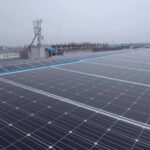
Stop Losing Power: The Ultimate Guide to Solar DC & AC Cable Sizing for Max Efficiency
DC and AC cabling are the lifelines of any Solar PV Rooftop System. Learn how proper cable selection, connection design, and installation can help achieve optimum power output and long-term safety.